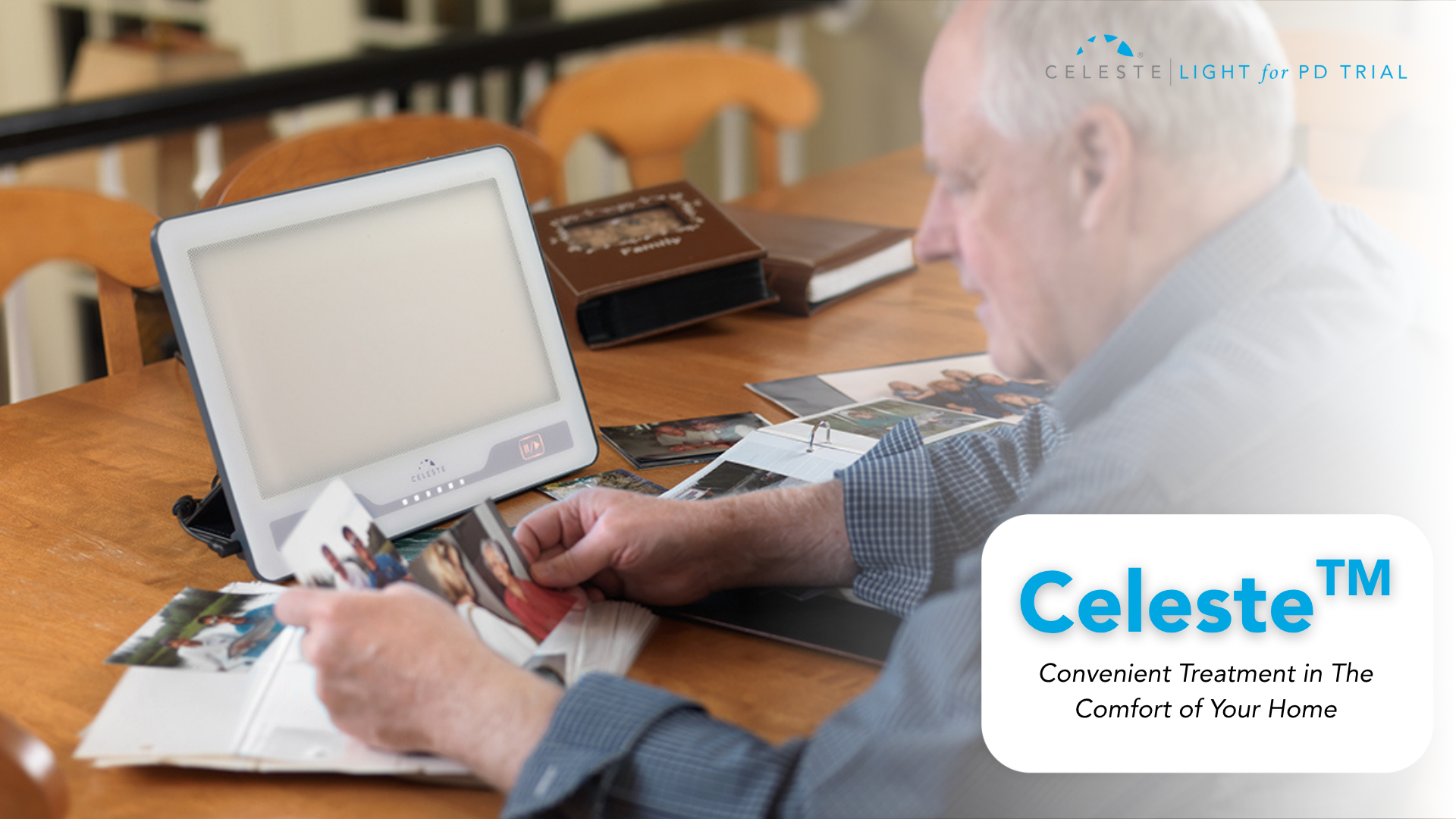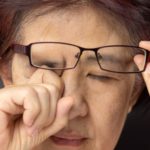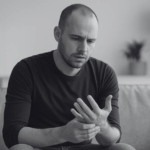The Unseen Struggle of Parkinson’s at Night
When we think of Parkinson’s disease (PD), the image that often comes to mind is one of daytime struggles—tremors, stiffness, and slow movement.
But for a vast majority of individuals living with PD, a silent and often debilitating battle rages every night.
Sleep disturbances are not just a side effect; they are a core feature of the disease, affecting more than 75% of patients and profoundly diminishing their quality of life. These nocturnal challenges can begin years before the first motor symptoms appear, offering a glimpse into the earliest stages of the disease.
Chronic poor sleep in Parkinson’s is more than just frustrating; it’s a critical issue that worsens daytime fatigue, impacts mood, and can even accelerate cognitive decline. It creates a vicious cycle where the symptoms of PD disrupt sleep, and lack of sleep worsens the symptoms. This struggle also extends to caregivers. Their own health and well-being often suffer because of a loved one’s restless nights.
Understanding the complex web of sleep issues in PD is the first step toward reclaiming the night.
This blog will guide you through the common sleep problems in Parkinson’s. We will explore their causes and a range of management strategies. These include practical lifestyle changes, individualized medical approaches, and emerging therapies that offer new hope for improving life with Parkinson’s.
The Scope of the Challenge: More Than Just a Bad Night’s Sleep
The sheer prevalence of sleep problems in the Parkinson’s community is staggering, making it a near-universal aspect of the disease. Studies consistently show that between 60% and 90% of people with PD experience significant sleep-related issues.
It’s not uncommon for an individual to get just five hours of sleep a night, and frequent awakenings punctuate. This isn’t a minor inconvenience; it’s a major health issue. Health experts directly link chronic sleep loss to poorer health and mood disorders. It also causes a significant decline in overall quality of life.
What makes this challenge even more complex is that patients often suffer from multiple sleep disorders at once. A person might complain of insomnia, but the root cause could be a combination of Restless Legs Syndrome (RLS) and Obstructive Sleep Apnea (OSA).
This overlap means that a simple, one-size-fits-all solution is rarely effective and can sometimes be dangerous. For instance, prescribing a sedative for insomnia without realizing the person has untreated sleep apnea could worsen their breathing problems.
Because of this complexity, a thorough, holistic assessment is required to untangle the various factors and create a safe, effective treatment plan. The plan must address the full spectrum of a person’s sleep difficulties.
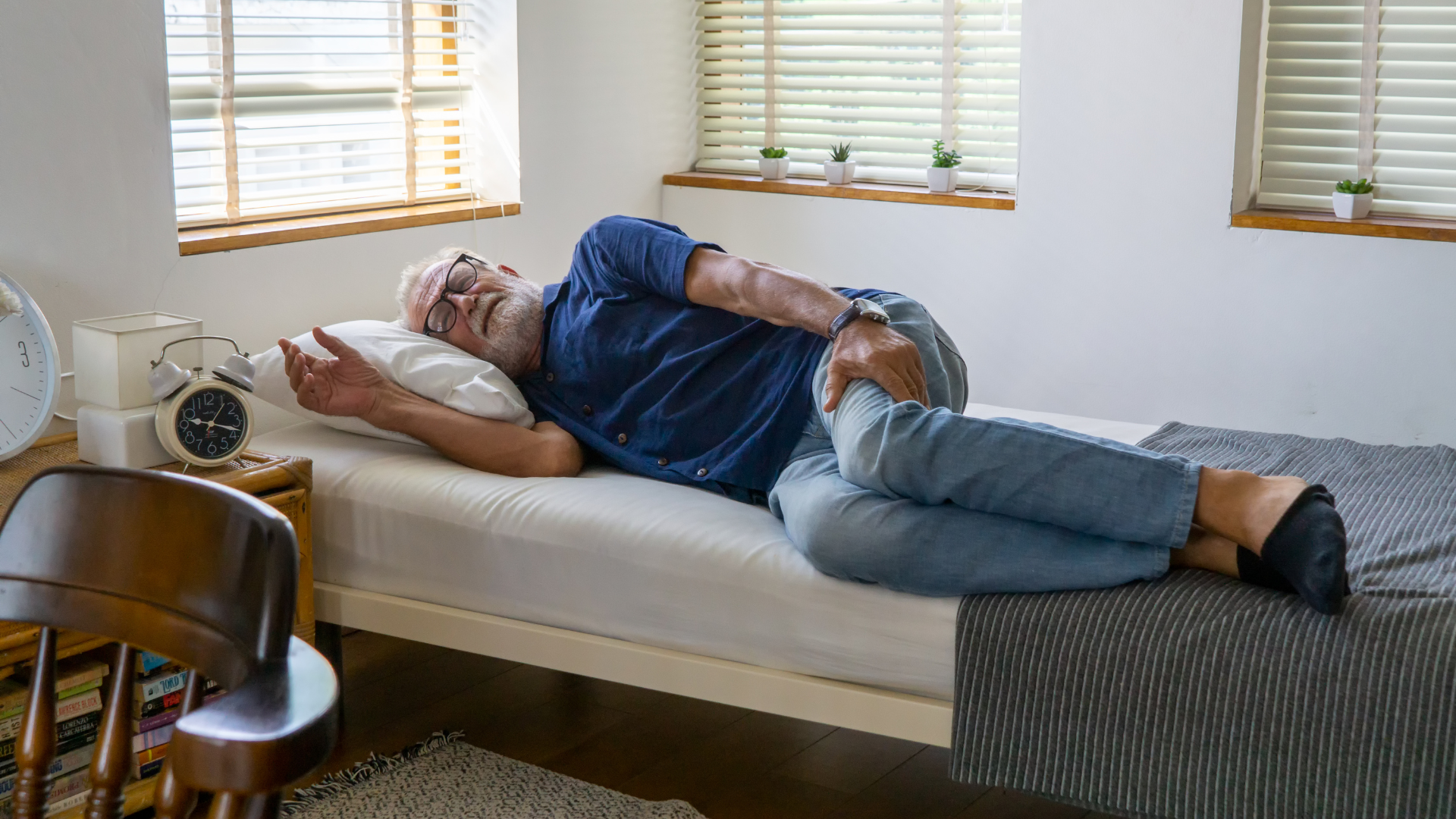
The Many Faces of Sleep Disturbance in PD
Sleep problems in Parkinson’s are not monolithic. They manifest as a collection of distinct disorders, each with its own unique characteristics. Understanding which specific issue is present is key to finding the right treatment.
Insomnia
Insomnia is the most common complaint, but in PD, it’s typically not about difficulty falling asleep. The main issue is staying asleep. People experience frequent, prolonged awakenings (sleep fragmentation) and often wake up very early in the morning, unable to get back to sleep. A host of factors drives this. These include nocturnal motor symptoms like stiffness and tremor. They also include non-motor symptoms like pain, frequent urination, and anxiety.
REM Sleep Behavior Disorder (RBD)
Researchers powerfully link RBD, one of the most dramatic sleep disorders, to PD. Normally, our brain paralyzes our bodies during the dream stage of sleep (REM sleep). In RBD, the brain loses this paralysis, causing individuals to physically act out their dreams. They might yell, punch, kick, or even leap out of bed, posing a serious risk of injury to themselves and their bed partners. The dreams are often intense and confrontational. Frighteningly, RBD can appear years or even decades before any motor symptoms. This makes it one of the strongest known predictors of PD.
Excessive Daytime Sleepiness (EDS)
This isn’t just feeling tired; it’s an overwhelming, uncontrollable urge to sleep during the day. It can manifest as a pervasive fog of drowsiness or as sudden, irresistible “sleep attacks” that can happen anytime, even while eating or talking. EDS is dangerous, significantly increasing the risk of accidents, especially while driving. It can be caused by poor night-time sleep, be a side effect of PD medications, or result directly from the disease’s damage to the brain’s arousal systems.
Restless Legs Syndrome (RLS)
This disorder causes an almost unbearable urge to move the legs, usually accompanied by strange sensations described as “creepy-crawly” or “pulling.” The symptoms are worse at rest, especially in the evening, and movement temporarily relieves them. This makes falling asleep incredibly difficult and is a major cause of sleep-onset insomnia.
Obstructive Sleep Apnea (OSA)
OSA is remarkably common in PD, affecting nearly half of all patients. It involves the repeated collapse of the upper airway during sleep, causing pauses in breathing. These episodes lead to drops in oxygen and are ended by brief, life-saving arousals that shatter sleep continuity. The classic signs are loud snoring and gasping, leading to severe daytime sleepiness and non-restorative sleep.
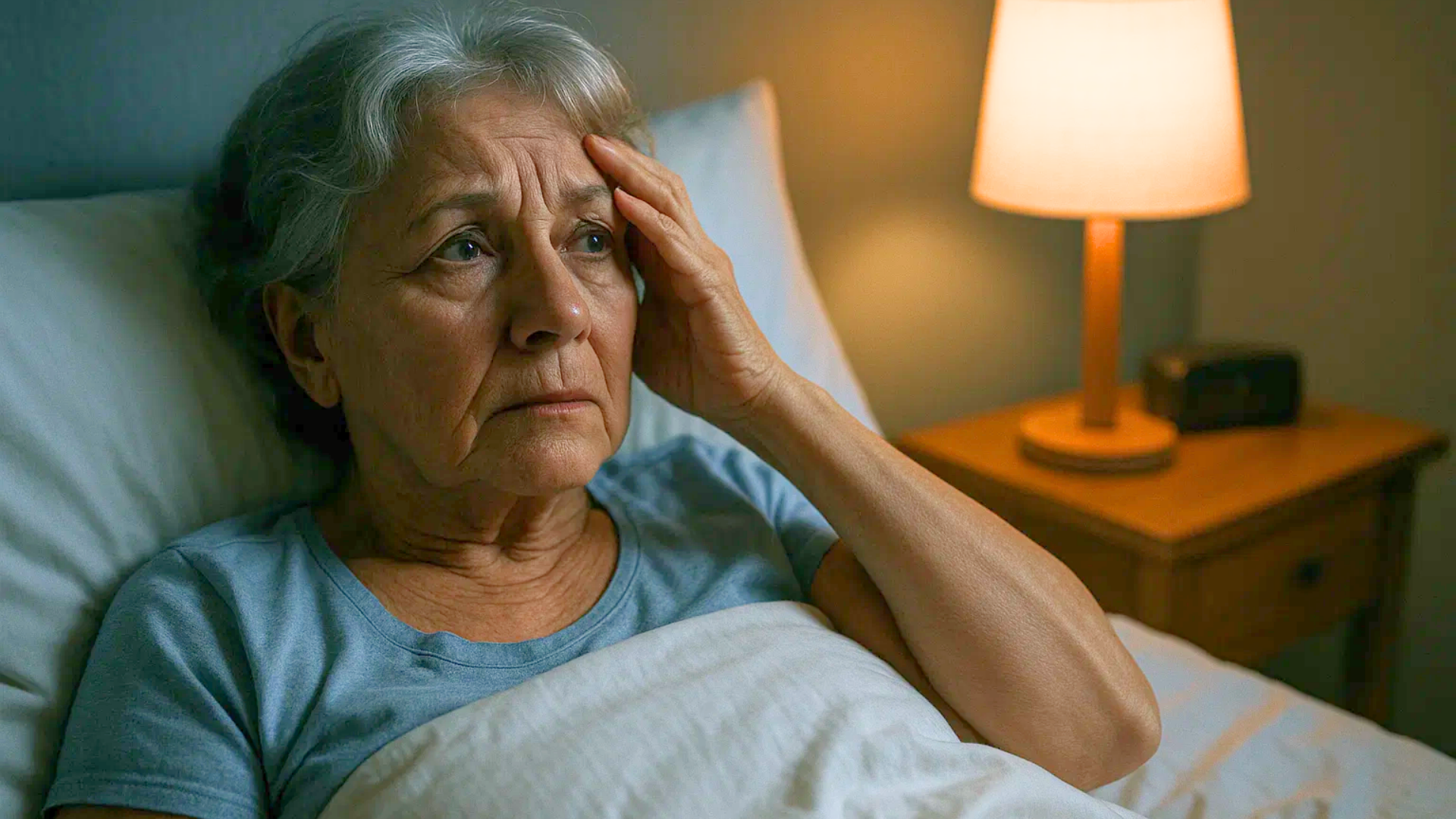
Why Sleep Goes Awry: The Underlying Causes
The reasons for poor sleep in Parkinson’s are multifaceted, stemming from a combination of the disease itself, its symptoms, and its treatments.
- Primary Brain Changes: Parkinson’s disease is caused by the progressive loss of brain cells, and this damage is not limited to the motor-control areas. The neurodegenerative process also affects the brainstem and hypothalamus—the command centers for sleep and wakefulness. The loss of key neurotransmitters like dopamine, norepinephrine, and orexin disrupts the body’s internal clock and impairs the brain’s ability to regulate sleep cycles, leading directly to fragmented sleep and daytime sleepiness.
- Intrusion of PD Symptoms: The symptoms of Parkinson’s don’t stop when the lights go out. Nocturnal rigidity makes it hard to turn over in bed, leading to discomfort and awakenings. Painful muscle cramps (dystonia) can jolt a person awake. Non-motor symptoms are just as disruptive; the frequent need to urinate (nocturia) is a leading cause of fragmented sleep. Pain, anxiety, and depression also fuel the cycle of insomnia. A critical issue is “wearing off,” where medication levels dip overnight, allowing these disruptive symptoms to re-emerge and wake the person up.
- The Double-Edged Sword of Medication: The very medications used to treat PD can interfere with sleep. Dopaminergic drugs, while essential for motor control, can cause vivid dreams, nightmares, and insomnia. Dopamine agonists, in particular, are notorious for causing Excessive Daytime Sleepiness and sudden sleep attacks. This creates a difficult balancing act for clinicians: providing enough medication to control symptoms overnight without causing side effects that disrupt sleep.
Building a Foundation for Better Sleep: Non-Pharmacological Strategies
Before turning to medication, a strong foundation of non-drug strategies should be established. These approaches are low-risk, highly effective, and essential for long-term sleep management.
- Mastering Sleep Hygiene: This refers to a set of habits and environmental practices that promote good sleep. Key principles include: maintaining a consistent sleep-wake schedule (even on weekends), avoiding stimulants like caffeine and nicotine in the afternoon and evening, creating a cool, dark, and quiet bedroom sanctuary, and establishing a relaxing pre-sleep routine like reading or taking a warm bath. It’s also vital to get out of bed if you can’t sleep after 20 minutes and do something quiet until you feel sleepy again.
- Cognitive Behavioral Therapy for Insomnia (CBT-I): This is the gold-standard, first-line treatment for chronic insomnia. It’s a structured therapy that helps change the negative thoughts and behaviors that perpetuate sleeplessness. CBT-I teaches techniques like stimulus control (re-associating the bed with sleep) and sleep restriction (initially limiting time in bed to consolidate sleep) to retrain the brain for better sleep. It has been proven effective in the PD population.
- The Power of Movement and Light: Regular physical activity is a potent tool for improving sleep. Exercise, especially earlier in the day, can deepen sleep and reduce symptoms of anxiety and depression. Furthermore, exposure to bright light in the morning is a key regulator of our internal body clock. Timed bright light therapy has been shown to improve sleep, reduce daytime sleepiness, and even lift depression in people with PD.
Medical and Interventional Treatments: A Targeted Approach
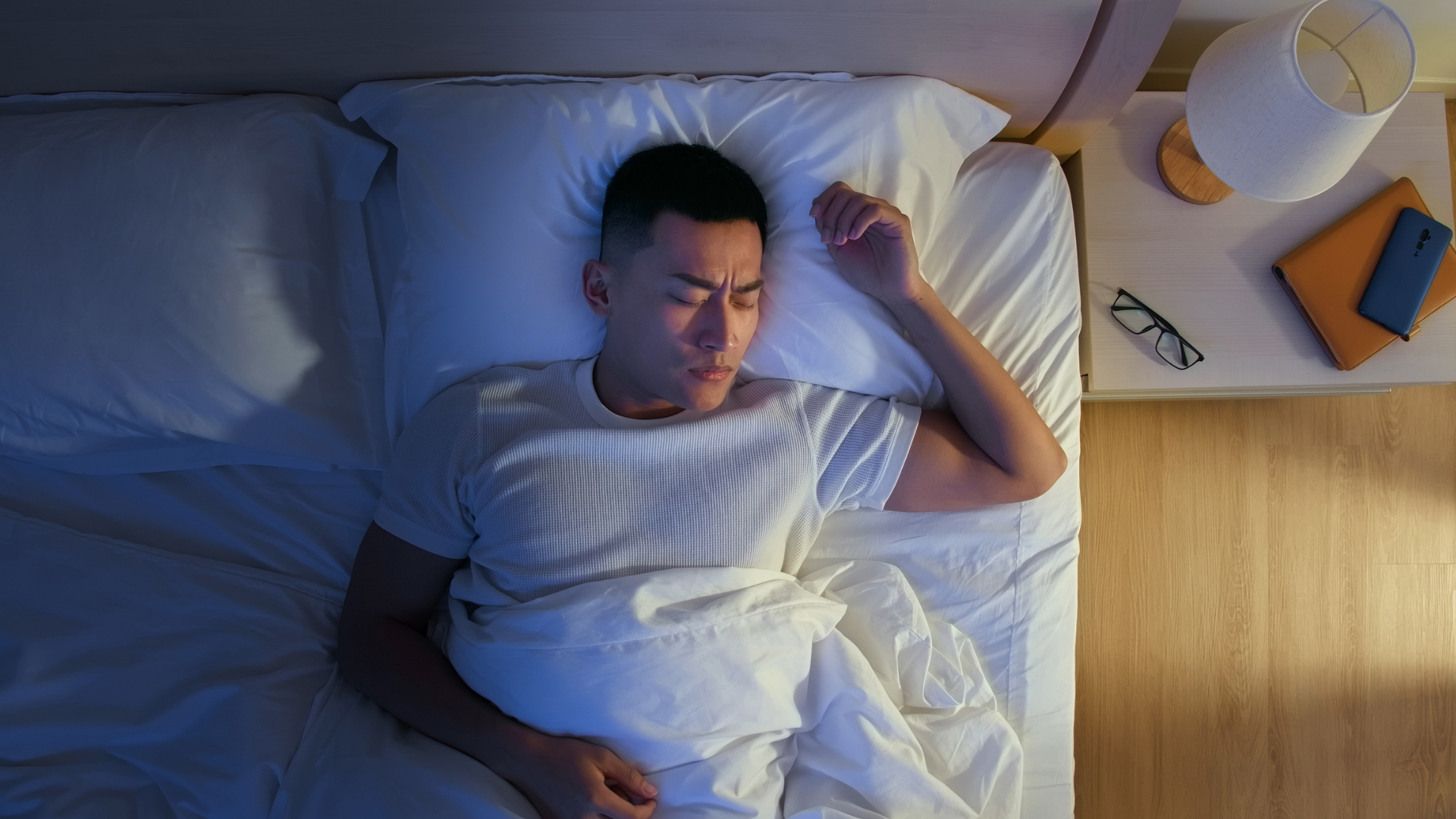
When foundational strategies aren’t enough, medical interventions—tailored to the individual’s specific sleep challenges—can offer meaningful relief. These include pharmacologic approaches and, in some cases, investigational therapies currently being studied..
Optimizing the PD Regimen:
The very first step is to adjust the existing Parkinson’s medications to ensure stable, 24-hour symptom control. This might involve switching to a long-acting formulation of levodopa at bedtime or using a 24-hour rotigotine patch to prevent overnight “wearing-off” and the disruptive symptoms it causes.
Targeted Pharmacotherapy:
Once the core regimen is optimized, specific medications can be used to treat remaining sleep disorders. When treating RBD, melatonin is often the first choice, with clonazepam as a highly effective but more risky alternative. In cases of EDS, wakefulness-promoting agents like modafinil may be prescribed. Treating RLS often involves dopamine agonists or alpha-2-delta ligands (like gabapentin), but iron levels should always be checked and corrected first.
Managing Comorbidities:
Often, the best way to improve sleep is to treat the other symptoms that are causing the disruption. This means effectively managing nocturnal pain with analgesics or even botulinum toxin for dystonia, treating anxiety and depression with appropriate therapy and medication, and addressing nocturia with behavioral changes or specific bladder-control medications.
Device-based:
In contrast to traditional medications, an emerging non-drug approach being actively studied involves light-based therapy. The Celeste® device by Photopharmics is designed to deliver a specific spectrum of light, offering a novel way to support circadian rhythm regulation—a key factor often disrupted in Parkinson’s disease. It potentially works by delivering a specific spectrum of light designed to be used twice a day. This light targets photoreceptors in the eye that are crucial for managing the body’s internal clock, a system often disrupted in Parkinson’s disease. By helping to reset and stabilize the circadian rhythm, such devices could potentially improve the entire sleep-wake cycle, leading to more consolidated nighttime sleep and reduced daytime sleepiness. This represents a novel approach that aims to correct one of the primary underlying causes of sleep disturbance in PD.

The Path Forward: Integrated Care and Hope Through Research
Managing sleep in Parkinson’s disease is not a one-time fix; it’s a long-term, collaborative process. The most effective approach is a holistic and hierarchical one that starts with foundational strategies and moves systematically to address the root causes of sleep disruption before resorting to sleeping pills.
This requires an integrated care team—including a neurologist, sleep specialist, physical therapist, and mental health professional—working together with an empowered patient and their family.
The future is bright with promise. The discovery of RBD as an early sign of PD has opened a new frontier in the search for neuroprotective therapies that could one day slow or even prevent the disease. Research into novel treatments like precisely timed bright light therapy and non-invasive brain stimulation continues to advance. By viewing sleep not as a secondary issue but as a central, modifiable component of Parkinson’s, we can improve not only the nights but also the days, enhancing brain health, daily function, and overall quality of life for everyone affected by the disease.
A New Light on Parkinson’s
The science of light as a therapy for sleep and other non-motor symptoms in Parkinson’s disease is one of the most exciting areas of research today. If you or a loved one is struggling with the nocturnal challenges of Parkinson’s, there is hope and an opportunity to be part of the solution.
Photopharmics, a clinical-stage therapeutics company, is leading research into light-based interventions that aim to target the root causes of disrupted sleep and other non-motor symptoms in Parkinson’s. Unlike traditional therapies, this approach is designed to work with the body’s natural rhythms—non-invasively and without pharmaceuticals. This therapy aims to potentially improve sleep, reduce daytime sleepiness, and alleviate other debilitating non-motor symptoms like fatigue and depression.
To validate and advance this promising treatment, Photopharmics is conducting the “Light for PD” clinical trial. This is your chance to contribute to groundbreaking research that could change the way Parkinson’s is managed.
To learn more about this innovative therapy and to see if you or a loved one may be eligible to participate in the trial, please visit the Photopharmics website. Your participation could help illuminate a better future for the entire Parkinson’s community.

